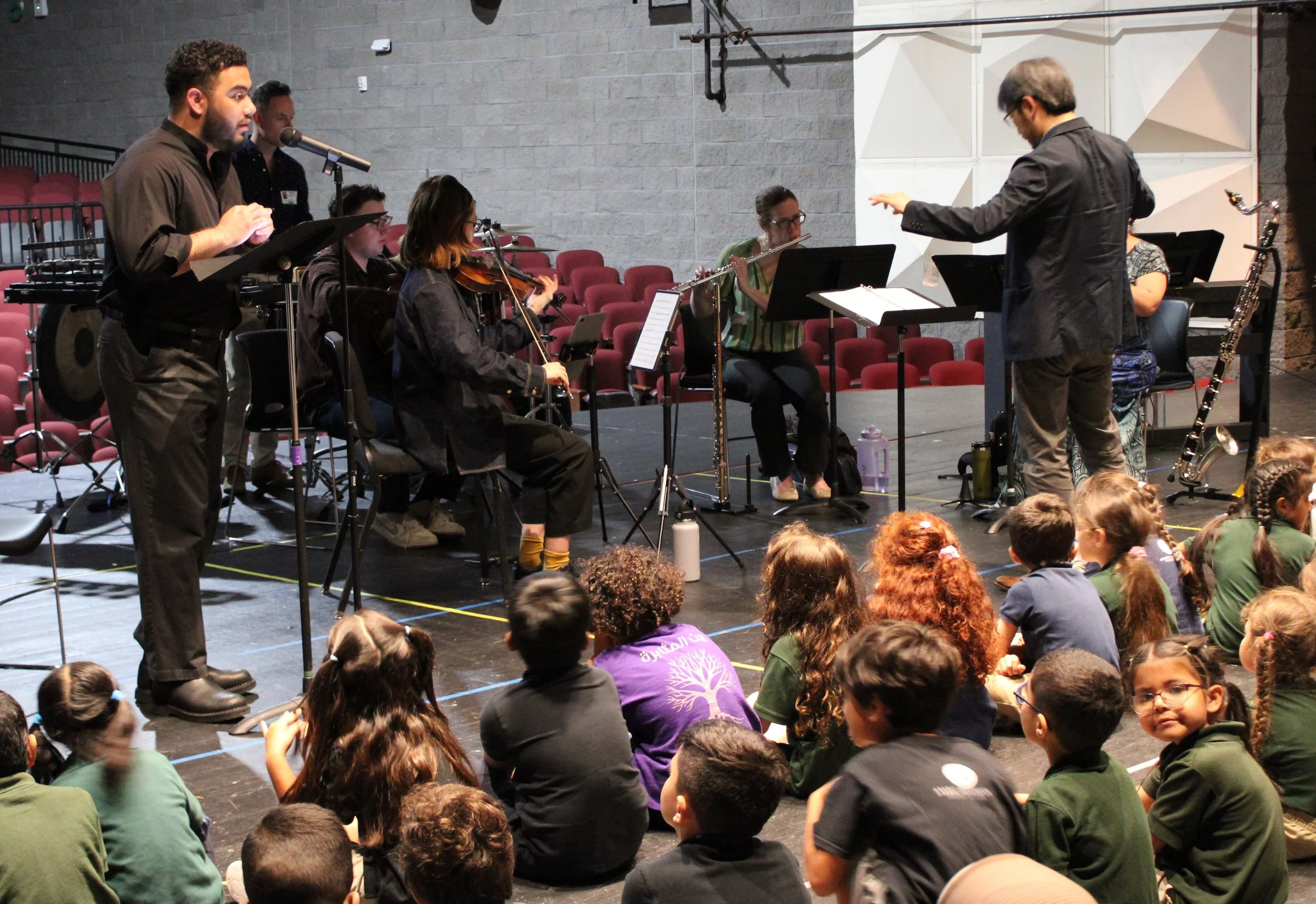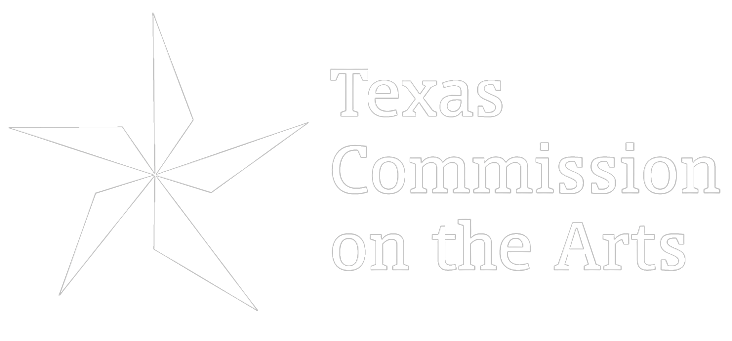This month, Loop38 had the honor of using music as a tool for storytelling, education, and cultural exchange through “The Sun, the Moon, and the Singing Tree”. This project brought music-based residencies to three of Houston ISD’s language immersion schools: Arabic Immersion Magnet School, Mandarin Immersion Magnet School, and Wharton Dual Language Academy. Working with Kindergarten through 2nd-grade students, our team of musicians, composers, and teaching artists helped explore language, identity, and emotional learning through the lenses of art and culture.
At the heart of this project were three folk stories—each rooted in the cultures and languages represented at our partner schools, and each adapted into original musical works by Houston-based composers:
“Parizade and the Singing Tree” by Karim Al-Zand, based on a lesser-known tale from the Arabian Nights.
“The Rabbit and the Moon” by Eric Estrada, inspired by one of the oldest tales from pre-Hispanic Mexico.
“I am Kuafu. Kuafu Isn’t Fu” by Tian Qin, a new take on the Chinese myth of Kuafu chasing the sun.
The residencies were designed to go beyond the concert experience, unfolding in three interactive stages that engaged both students and educators:
First, we helped introduce the folk stories—both in English and in the students' immersion languages. We guided students through retelling the stories using movement and physical demonstration, and we discussed the cultural roots behind each tale.
Next was performance day. Each school hosted live performances featuring six instrumentalists, narrator, and conductor. The music transformed school spaces into concert halls and transported young audiences into the worlds of Parizade, Kuafu, and the Moon Rabbit.
Lastly, the students became the artists. They created their own art projects based on the stories and music to share with students from the other campuses. This final stage reinforced cross-campus connection and encouraged empathy and curiosity about the experiences of students learning in other languages.
“The Sun, the Moon, and the Singing Tree” reached over 600 students across three campuses, and offered an engaging entry point for young learners to experience classical and contemporary music—not just as listeners, but as storytellers, artists, and cultural ambassadors themselves.
We are grateful to our composers, teaching artists, partner schools, and supporters who helped make this project possible, and look forward to growing this model and continuing to create space for music to empower, educate, and connect.




















